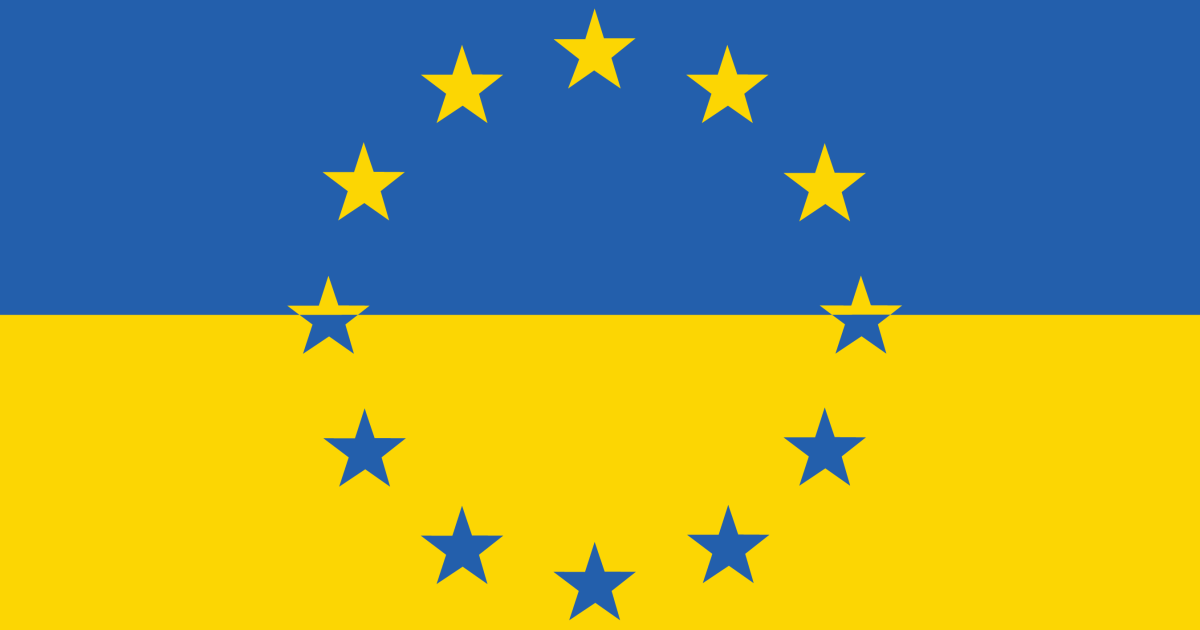9 mins read
America’s New Lost Cause by Michael Vlahos
The New York Times rewrites the history of the war in Ukraine.
5 mins read

On this catastrophic background, Europe is radically opposed to Trump’s new détente with Vladimir Putin’s Russia and rather than pursuing an end to the NATO-Russia Ukrainian War is planning what will prove to be an only partially realizable rearmament campaign to restock its own weapons stores and refill those of Ukraine’s deteriorating army. By supplying military and financial aid to Kiev, Europe can block any ceasefire and prolong Ukraine’s agony. At the same time, Britain and France are spearheading a reckless plan to deploy ‘peacekeeping troops’ from a ‘coalition of the willing’ recruited from among the EU’s member-states. Moscow has repeatedly warned that any troops from NATO member-states will be regarded as legal military targets. This European ‘maximum plan’ would not only undermine U.S. President Donald Trump’s ceasefire and peace treaty efforts but would create a ‘trip wire’ that Paris and London hope Moscow will touch so the U.S. will be compelled to intervene militarily in direct rather than by proxy fashion as hitherto. Thus, Europe hopes to continue a policy orientation that has helped to destroy Ukraine, pushed the West towards authoritarianism, and weakened many of its own ruling parties and governments.
However, this policy orientation of NATO expansion, Ukrainian victory at seemingly all costs, and subjugation of Russia has begun to split not just the Trans-Atalantic core of NATO and the Western community. It is driving a wedge into Europe, forcing a schism, generally speaking, between Western, Central, and Northern Europe, on the one hand, and Eastern and Southern Europe, on the other hand. In the north and west, Great Britain, France, Portugal, Germany, Poland, the Baltic states, and Scandinavia prefer to continue the Ukrainian war for years in the hope that Putin wil leave the scene, an upheaval will occur in Moscow, and a new Russian administration or even regime will be weaker on the battlefield or more amenable to compromises. Countries in Eastern and Southern Europe such as Hungary, Serbia, Slovakia, and Croatia support an end to the war outright and Trump’s general effort to achieve it. Romania’s population has moved in this direction, but the election of anti-war Calin Giorgescu has been blocked by the government and, apparently, the EU itself. Italy (Germany too) has balked at Anglo-Franco plans to organize European peacekeeping contingents for deployment to Ukraine, even as Washington rejects the idea and Russia has given to understand in no uncertaine terms that any such troops will be treated as legitimate, legal military targets by Russia’s armed forces. Italy, Portugal, Spain, and even France are opposing the EU proposal to provide up to 40 billion euros ($43.67 billion) in military aid for Ukraine this year, which would be a doubling of its support ion 2024 (https://t.me/stranaua/189942). Yet France is leading the effort to deploy ‘peacekeepers’ in Ukraine. While Denmark, Estonia, and Lithuania are leaders in backing Ukraine, having devoted more than 2 percent of their GDPs to the war since February 2022, support has been limited from Italy, Slovenia, Spain, Portugal, Greece and Cyprus, each of which has provided less than 0.5% of their GDPs (www.reuters.com/world/europe/italy-spain-not-ready-back-eu-plan-boost-ukraine-military-aid-2025-03-17/).
EU member states will be tested as Trump follows through on his threat to level high tarriffs against European states for any continuation of their support for Kiev or at least for their resistance to Trump’s peace efforts.
What Europe should be doing is joining the Trump administration in attempting to put an end to the bloodshed in and ruin of Ukraine. More generally, as Trump seems to understand, a more benign Western policy vis-à-vis Russia’s national security, NATO expansion, and a new security architecture that will serve all from Vladivostok to Vancouver, inlcuding Kiev.
A general peace formula in Eastern Europe must be based on two fundamental principles: (1) States on Russia’s borders should seek modus vivendi with great power neighbor and (2) other great powers refrain from drawing adjacent neighbors out of Moscow’s orbit, which is impossible without putting the local neighbors’ national securty at risk. Some might counter: But at the end of the Cold War the West succeeded in removing from Moscow’s orbit numerous East European states without provoking Moscow to war. This was an anomoly in world history in which a declining power prioritized good relations with a former foe over maintenance of its external empire, which was crumbling from within in as Moscow’s USSR was. Russia is not crumbling from within, despite the West’s best efforts; rather, it is strengthening on the basis of effective leadership and robust relations, including profitable foreign trade with the Rest or non-Western world. The USSR had little economically effective trade relations with the outside world and squandered its finances and economic growth in the attempt to support ‘color’ revolutions by comunist and national liberation movements in the ‘Third World’, today’s Rest. Under such a scheme Kiev, Kishinev, Tbilisi, Baku, Yerevan, and, yes, Riga, Tallinn, Vilnius, and Warsaw should follow the Cold War Finnish model and profit therefrom. NATO is a troublemaker in the region, and the trouble it incites will rain down on the Eastern European states first and foremost.
But this sort of realism is now alien to most Western and Eastern Europeans. Their arrogant leaders, deluded by visions of granduer and a Woke dystopia, are drunk on their own generously spiked Cool Aid: a mixture of Western superiority and rights to remake the world as the West sees proper (and profitable) at any minute in time and a perverse, historical russophobia that clouds the mind, inuring it of all realism and simple common sense.